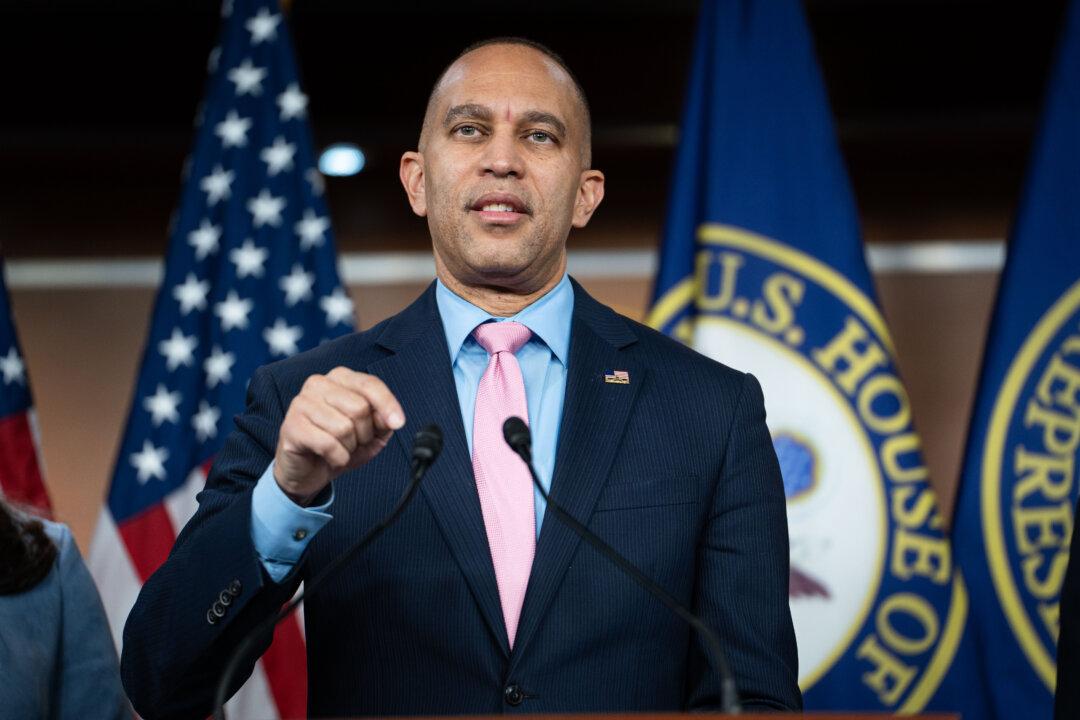New bankruptcy filings across all major industries saw year-over-year increases for the third month in a row in March, with corporate bankruptcy filings reaching their highest first-quarter levels since 2010.
That marks the highest number of monthly filings since 40,931 bankruptcies were recorded in April 2021.
Year-over-year commercial bankruptcy filings were up by 24 percent to 2,305 last month compared to 1,854 in March 2022, while Chapter 11 filings (including Subchapter V) increased by 79 percent to 548, from the 306 filings registered the previous year.
Total individual filings increased by 17 percent to 40,063 versus 34,214 in March 2022, according to the data.
SVB Collapse Affects Financial Sector
March’s bankruptcy filings brought the corporate year-to-date total to 183 as of March 31, which S&P Global stated was “more than any comparable period in the past 12 years.”Perhaps the most notable bankruptcy filing last month came from the financial sector after Silicon Valley Bank (SVB) filed for a court-supervised reorganization under Chapter 11.
Its collapse marked the second-largest bank failure in U.S. history and put pressure on the other small and regional banks in the United States, including Signature Bank—one of the main banks in the cryptocurrency industry—sending customers racing to pull their deposits.
‘Growing Debt Burdens’
The California-headquartered First Republic ultimately received a rescue deal worth about $30 billion from 11 of the largest U.S. financial institutions in order to help it stabilize after its stocks plunged.Gregg Morin, vice president of business development and revenue for Epiq Bankruptcy, said in an April 3 statement that while total bankruptcy filings are up for the third month in a row and exceeded the 40,000 level for the first time in two years, the rise in filings coincides with a “historical trend of March consistently being the highest month for filings every year.”
However, American Bankruptcy Institute Executive Director Amy Quackenboss noted that the rise in bankruptcy filings in the first quarter of 2023 demonstrates the “growing debt burdens of both consumers and businesses” amid soaring inflation and interest rate hikes, which have, in turn, affected borrowing costs.
“As inflationary prices have increased in tandem with the cost of borrowing, struggling companies and households have access to a financial reprieve through the bankruptcy process,” Quackenboss said.
Despite the rising number of bankruptcy filings and the fallout from SVB’s collapse, Neel Kashkari, president of the Federal Reserve Bank of Minneapolis, told CBS’s “Face the Nation” on March 26 that it’s still too early to determine if the failure will tip America toward an economic downturn.





